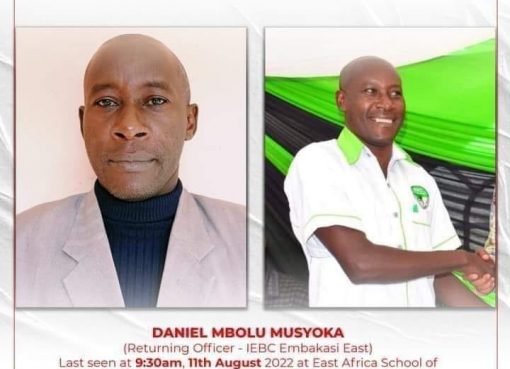Pomp and colour have decorated the ongoing Maa Cultural Festival at Sekenani gate of Maasai Mara National Reserve with each of the Maa-speaking counties striving to display their unique traditions.
The Samburu community exhibited their beautiful traditional attires that seemed unique from the Kajiado and Narok people.
The Samburu men adored themselves with a ‘Kikoi skirt’ and the upper part of the body left open or with a vest, and with an ostrich feather on their heads.
Their women were adored with brown beaded attire with a round necklace locally known as ‘Iltiirben’, numerous bracelets and anklets as each of them held a stick.
Albert Lantare, who hails from Samburu County said the ostrich feature on the men’s head is for beauty and is put on special occasions by only the circumcised men.
The Loita Maa clan also was among those who displayed their beauty which included white necklaces, bracelets and anklets blended with dark red ‘shuka’ (body wrapping cloth).
Ntooto Maine, who hails from the Loita community said the white beads are associated with the colour of milk and peace as the clan believes in maintaining peace with everyone including the outsiders.
According to the Loita traditions, Maine said, every visitor is given a cup of milk immediately after he enters the homestead, believed to cleanse any form of impurity that the visitor could be carrying.
“Once the visitor drinks the cup of milk, it is believed that any form of the evil spirit that he could be carrying is completely wiped out and cannot affect the homestead,” he said.
Though the culture is slowly faking, Maine expressed confidence that the ongoing Maa Cultural festival will revive such traditions that strengthened the bonds of the community.
At the same time, the Purko clan that lives in Narok County displayed their beautiful mixed-coloured beads and bright red shuka. While the Kajiado people were adored with a mixture of red and blue shukas.
Jackson Ole Rakwa a Maasai moran said recently circumcised morans (ilaibartak), put on different kinds of bird features on their heads to show their identity.
“The young men are supposed to hunt for the birds, which they slaughter and pick the long features to decorate their heads,” he said, adding that this is done across all the Maa clans.
The young morans plait their hair and wrap a slim small shuka around their waist, exposing the rest of their body. On special occasions, they apply red ochre on their bodies to signify decency.
“The red ochre has a deep significance. Those who apply it are regarded as sacred such that their instructions are respected by both the young and old,” he said.
A total of 16 Maa clans displayed their diverse culture at the festival which attracted political, spiritual, and cultural leaders.
The Narok Maa clans include Purko, Loita, Keekonyokie, Ildamat, Moitanik, Siria, and Uasin Gishu while Kajiado clans are represented by Matapato, Kaputiei, and Kisongo.
The Samburu clans participating in the festival are Loodokilani and Lekuluk. Others are the Ilchamus from Baringo County and the Maasais from neighbouring Tanzania.
The main agenda of the festival is to unite the Maa-speaking people as well as conserve the rich culture and preserve it for future generations.
The festival was witnessed by President Dr. William Ruto, Governors: Patrick Ntutu (Narok), Jonathan Lelelit (Samburu), Joseph Ole Lenku (Kajiado), and Anglican Church of Kenya (ACK) Arch Bishop Jackson Ole Sapit among other leaders.
By Ann Salaton





